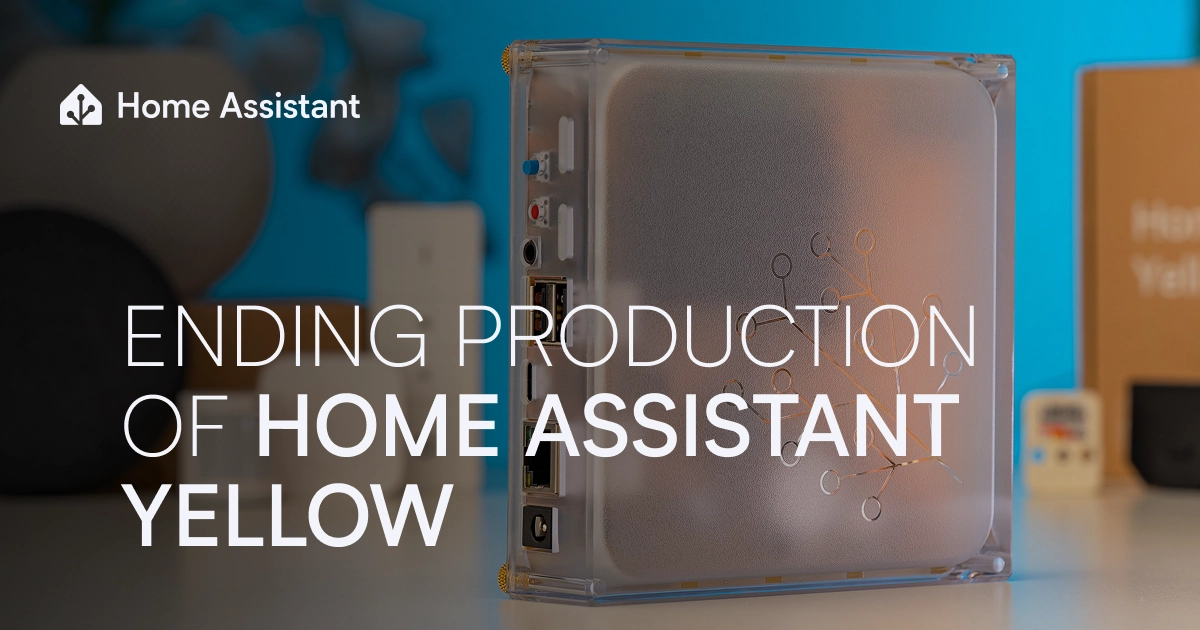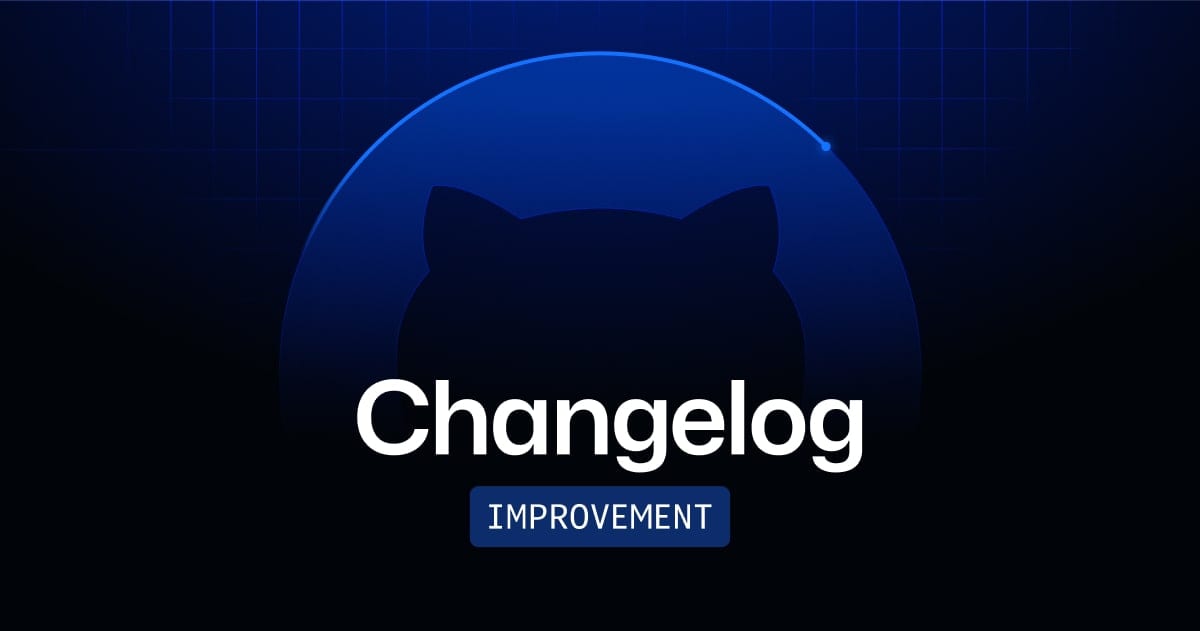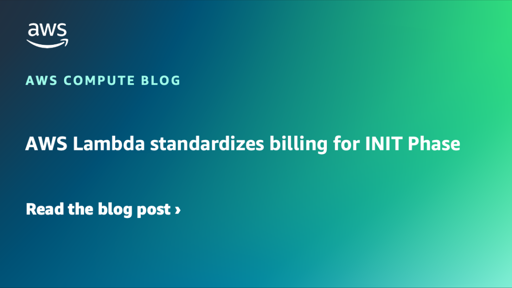

On Tor dark web domains, you use the .onion domain. Tor is configured as a SOCKS proxy, so it doesn’t perform a DNS query. Instead, Tor itself sees you’re trying to connect to an onion domain name. Then it takes the URL and translates that into a public key that it knows how to find in its own hidden service directory.
Only the actual hidden service has a valid private key corresponding to that public key in the URL so cryptography (and the assumption that quantum computers don’t exist) ensures you’re talking to the right server.
Tl;dr effectively no DNS for onion hidden services























If the app is just a WebView wrapper around the application, then the challenge page would load and try to be evaluated.
If it’s a native Android/iOS app, then it probably wouldn’t work because the app would try to make HTTP API calls and get back something unexpected.